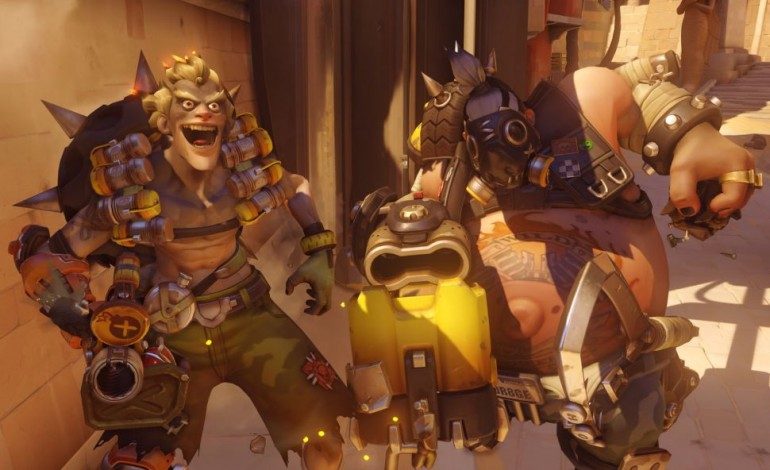

With 10 million active players and counting, Activision Blizzard’s Overwatch has proven itself to be a veritable force in the world of online gaming. Not all of Overwatch’s core features were present upon launch, though; Competitive Play, which features a progression-based ranking system and is targeted toward more serious players, was withheld upon launch so that Overwatch’s internal team could refine it for a full release.
As of yesterday, Overwatch players can now help test Competitive Play in the game’s Public Test Region (PTR). To participate, all one needs to do is to follow the below steps:
Step 1: Restart the Battle.net desktop app.
Step 2: Navigate to the Overwatch tab on the left-hand menu.
Step 3: Select “PTR: Overwatch” from the REGION/ACCOUNT drop-down menu.
Step 4: Click “Install” to begin the installation process.
Step 5: Once the PTR client is installed and updated, click “Play” to begin!
So far, the PTR is only available for Windows PC players. All regions (excluding China) are able to participate in the PTR, but keep in mind that the PTR’s servers are located in the USA. A copy of your current Overwatch profile will be transferred to the PTR, but your performance and ranking in the PTR will not migrate back to the main Overwatch client once Competitive Play is fully released.
It’s important to note that matches and progression operate differently in Competitive Play than they do in Quick Play. For starters, a player must be at least Level 25 before he or she can join a Competitive match. Upon doing so for the first time, that player must complete ten “placement matches.” A player’s performance in these placement matches will determine their starting rank; the criteria for being assigned a rank not only factors in a player’s wins and losses, but also their personal performance in the match itself. This ensures that skilled players who, by some stroke of bad luck, are consistently placed on weak teams will not be completely penalized after their placement matches.
Like Quick Play, players can queue with parties of any size. Once in a match, teams compete as normal, but are graded on a scoring scale according to their performance in the match. For example, Payload matches grant the Attacker points based on how far they pushed the Payload. The teams then switch places after each match. The team who has scored the most points wins the set of matches, and receives their appropriate rating boost (or loss, if the player’s team lost the set).
Match timers have also been tweaked in an attempt to give both teams an equal chance at winning the match, though this has aroused complaints from Overwatch’s playerbase for favoring the attacking team in certain game modes like Control Points.
Players who leave a Competitive Play match, meanwhile, cannot join another match until the previous one has ended. Repeated leaves will result in various penalties, like rating deductions.
No ranked mode is complete without cosmetics and other non-essential items that can be used to show off your skill to other players. A leak posted on Korean tech website Inven listed several items that will be awarded to players upon placing highly within the upcoming competitive season’s ladder. Included is a purportedly animated spray featuring the Ilios map. Players will also be able to use a special currency they earn in Competitive play to purchase golden variants of each characters’ weapons.
The leaks have since been removed, but can be viewed on Overpwn’s website.
No official release date has yet been announced for Overwatch’s Competitive Play mode, though it is projected to appear in the full game sometime in late June or early July. The first Competitive season itself is set to end on August 18. Stay tuned for more details.
Play games, take surveys and take advantage of special offers to help support mxdwn.
Every dollar helps keep the content you love coming every single day.





